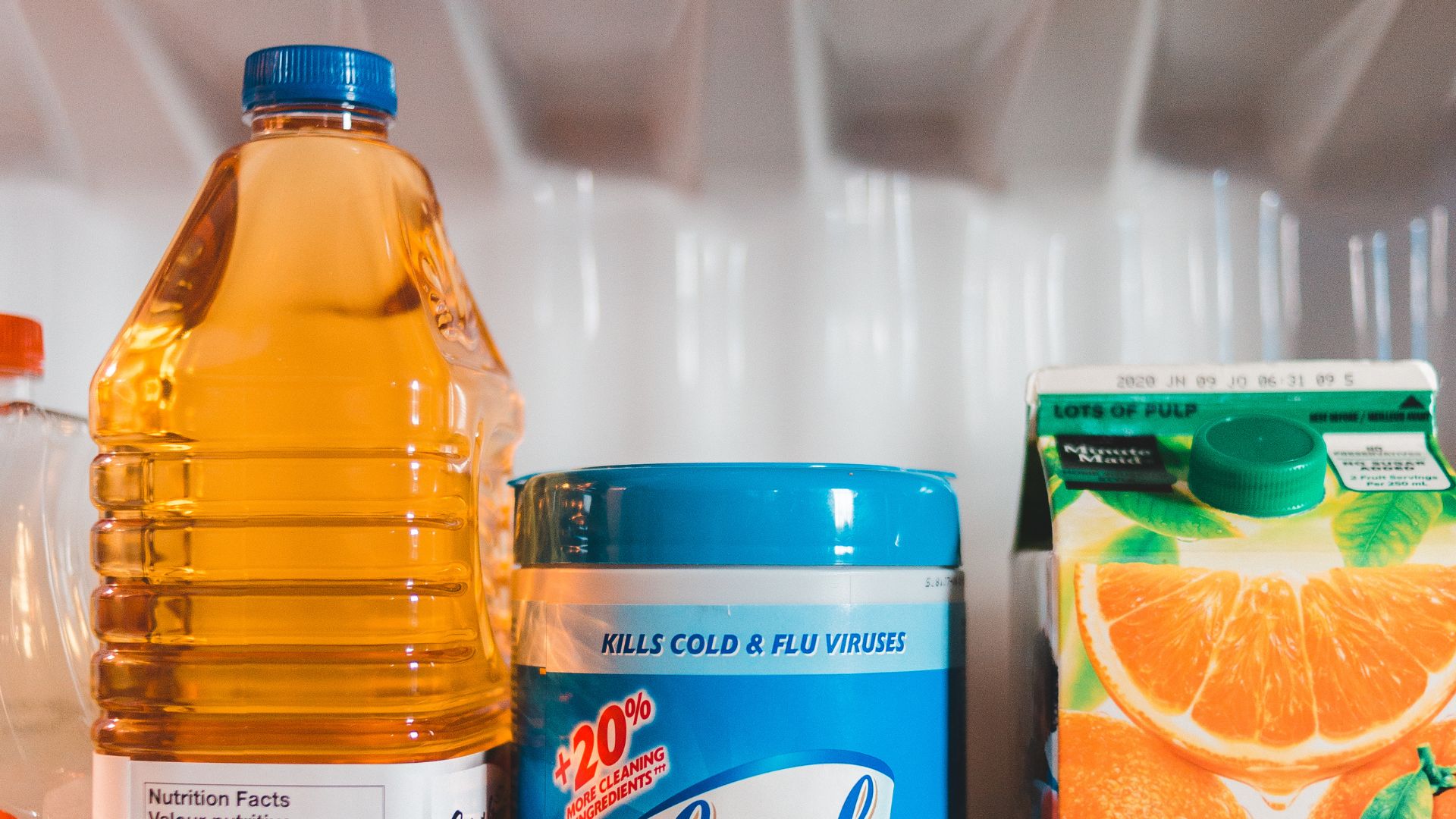Packing liquids requires extra care to prevent spills and leaks during transit. Whether it’s cleaning supplies, toiletries, or pantry items, here are five simple steps to ensure you pack liquids safely and efficiently for your move:
1. Gather Necessary Supplies: Before you start packing liquids, gather the necessary supplies:
- Sturdy, sealable plastic bags or resealable plastic containers
- Packing tape
- Bubble wrap or newspaper
- Small boxes or plastic bins
- Labels and a marker
2. Secure the Lids: Ensure that all lids on liquid containers are tightly secured before packing. Use packing tape to create an additional seal around the caps to minimize the risk of leaks. For items like shampoo or cleaning supplies with flip-top lids, place a small piece of plastic wrap over the opening before securing the cap for added protection.
3. Double-Bagging for Extra Protection: Place each liquid item inside a sealable plastic bag. This provides an extra layer of protection in case of spills. For larger bottles, consider double-bagging or placing the items in a resealable plastic container. Make sure to remove excess air from the bags to minimize the risk of leaks.
4. Wrap and Cushion Fragile Items: For breakable or fragile liquid items, such as glass bottles, wrap them individually in bubble wrap or newspaper. Place these items in the center of the box, surrounded by soft materials like towels or clothing, to provide cushioning and absorb any potential shocks during transit.
5. Pack Strategically: When placing the packed liquids in boxes, follow these strategic packing tips:
- Pack similar items together to simplify unpacking.
- Place heavier items at the bottom of the box and lighter items on top.
- Fill any empty spaces in the box with soft packing materials, like clothing or towels, to prevent items from shifting during transport.
- Clearly label the boxes as “Fragile” and “Liquid” to alert movers and yourself to handle them with care.
Bonus Tip: Consider Shipping or Storage Alternatives: Depending on the quantity and type of liquids you need to move, consider alternatives such as shipping certain items separately or storing them in a climate-controlled storage unit. This can be especially useful for valuable or irreplaceable liquids.
By taking these simple steps, you can minimize the risk of spills and leaks while ensuring that your liquids arrive at your new destination intact. Remember to pack thoughtfully, label your boxes clearly, and communicate with your movers to ensure a smooth and stress-free moving experience.


.svg)


